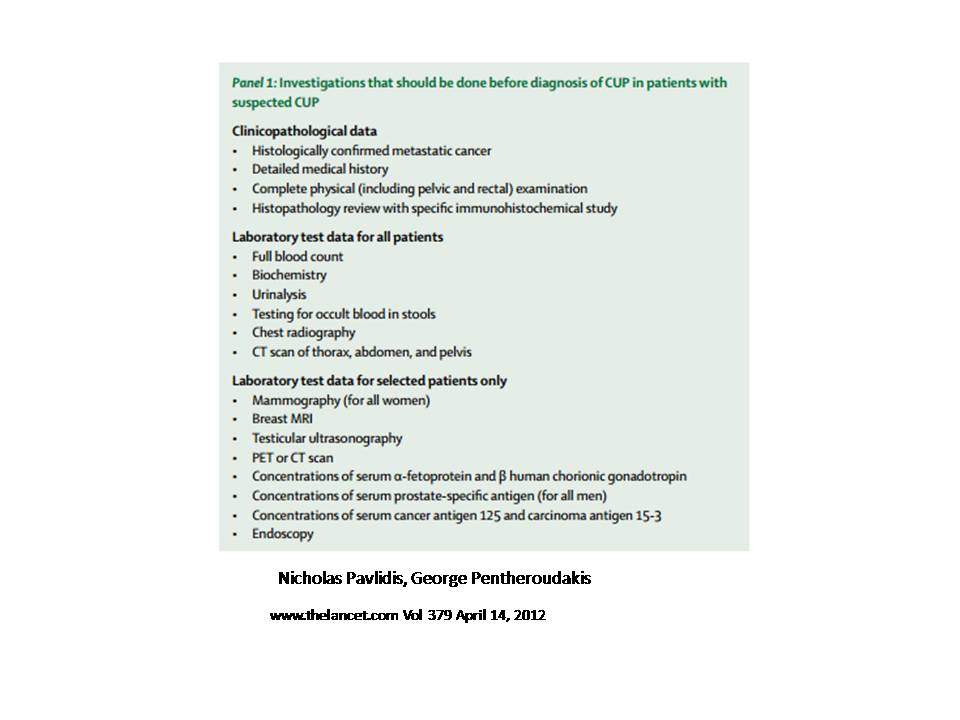Cancer of unknown origin. How is it possible?

A basic objective in the diagnostic process of a possible neoplasm is to obtain a histological sample. In addition, based on the natural history of each tumor, the doctor will check the organs that can be a place for tumor dissemination.
However, sometimes even with the best of technologies and tests is almost impossible to know the origin of the primary tumor. Then, there is a term or category in which to frame the situation: cancer of unknown origin.
CLINICAL CASE:
A 61-year-old female with no history of disease started with asthenia, hyporexia, and a loss of 10 kg of weight in a month and a half. There were no data of digestive bleeding, gynecological or respiratory or urinary symptoms.
The physical examination showed an enlarged liver, without any other findings.
A CAT scan showed several nodular lesions inside the liver highly suspicious of metastasis. A PET (Proton Emission Tomography) did not show pathologic uptake data, including liver lesions. A sample obtained with a core-needle biopsy from one of the nodules showed necrotic material. Another sample was programmed, which delayed the diagnostic process.
After three weeks from the first visit the new pathology report showed the presence of carcinoma with cytokeratin positive markers 7 and 20.
FINAL DIAGNOSIS: Patient with hepatic metastases of carcinoma of unknown origin.
COMMENT: This situation is typical of a difficult diagnosis process, with much suffering for the patient and her family. The classification as cancer of unknown origin introduces uncertainty in the patient and her family about the decision of the treatment.
This type of long and uncertain process requires additional explanations to the patient and family and sometimes psychological support, surpassing the usual concept of diagnosis as a mechanical and scientific action with no human component.




